Sertofen 50 mg / 2 ml injection 5’s
$26.60
Description
Trade name
Sertofen
Mezhdunarodnoye the unlicensed
name Deksketoprofen Lekarstvennaya a form
Solution for injections / concentrate for preparation of solution for infusions, 50 mg / 2 ml
Structure
1 ampoule of drug contains
active agent: a deksketoprofena trometamol 73.80 (it is equivalent to a deksketoprofen of 50 mg)
excipients: sodium chloride, sodium hydroxide, ethanol of 96%, water for injections.
Description
Transparent, colourless solution
Pharmacotherapeutic group
Anti-inflammatory and antirheumatic drugs.
Derivatives of propionic acid. Deksketoprofen.
The ATX M01AE17 code
the Pharmacological
Pharmacokinetics Absorption Later properties of intramuscular introduction of a deksketoprofen of a trometamol the maximum concentration in blood serum is reached on average in 20 minutes (10-45 minutes). AUC after single introduction in a dose of 25-50 mg to a proportional dose, both at intramuscular, and at intravenous administration. The corresponding pharmacokinetic parameters are similar after single and repeated intramuscular or intravenous administration that indicates lack of cumulation of drug.
Distribution
the high level of linking with proteins of plasma (99%) is characteristic Of a deksketoprofen of a trometamol. The average Vd value is less than 0.25 l/kg.
Removal
in the Main way of elimination of a deksketoprofen is its conjugation with glucuronic acid with the subsequent removal kidneys. Elimination half-life of a deksketoprofen of a trometamol makes about 1-2.7 hours.
The pharmacokinetics in special clinical cases
At elderly people is observed increase in duration of elimination half-life (both after single, and after repeated intramuscular or inside – wine introduction) on average up to 48% and decrease in the general clearance of drug.
Sertofen’s pharmacodynamics has analgeziruyushchy, anti-inflammatory and febrifugal effect. The mechanism of action is connected with oppression of activity of cyclooxygenase-1 and cyclooxygenase-2 and reduction of biosynthesis of prostaglandins which play a major role in pathogenesis of inflammation, pain and fever.
Analgeziruyushchy effect of drug comes in 30 minutes after parenteral administration. Duration of analgeziruyushchy effect after introduction in a dose of 50 mg is 4-8 hours.
At combination therapy with opioid analgetics of a deksketoprofen trometamol considerably reduces the need for opioids (to 30-45%).
Indications
– stopping of a pain syndrome of various genesis (including postoperative pains, pain in metastases in bones, posttraumatic pains, pain in renal colic, algodismenoreya, an ischialgia, sciatica, neuralgia, a toothache)
– symptomatic treatment of acute and chronic inflammatory, inflammatory and degenerative and metabolic diseases of the musculoskeletal system (including a pseudorheumatism, a spondylarthritis, arthrosis, osteochondrosis)
the Route of administration and doses
use the Drug Sertofen for intramuscular and intravenous administration.
Adults
the Recommended dose of a deksketoprofen makes 50 mg each 8-12 hours. If necessary it is possible to repeat reception each 6 hours. The general daily dose of a deksketoprofen should not exceed 150 mg. Drug is intended for short-term (no more than 2 days) uses in the period of a sharp pain syndrome. Further conversion of the patient to analgetics for intake is possible.
Patients of advanced age
of Correction of a dose for patients of advanced age usually it is not required. However in connection with physiological depression of function of kidneys lower dose of drug is recommended: the usual daily dose at elderly patients with slight renal failures should not exceed 50 mg a day.
Abnormal liver functions
For patients with abnormal liver functions from easy to moderate severity (5-9 points on a scale of Chaylda-Pyyu) it is necessary to reduce a total daily dose to 50 mg and to carefully control function of a liver. To Sertofen it is contraindicated to patients with a heavy liver failure. Drug is intended for single use therefore residues of ready solution pour out. Before introduction it is necessary to be convinced that solution transparent and colourless. The solution containing solid particles cannot be used. An intravenous injection (bolyusny introduction) If necessary contents of one ampoule of drug (2 ml) are entered intravenously within not less than 15 seconds.
Side effects
Often:
– nausea and/or vomiting
– pains in the injection site of drug, local reactions in the field of an injection, including inflammation, bruises or bleedings
Sometimes:
– anemia
– insomnia
– headaches, dizzinesses, drowsiness
– illegibility of sight
– hypotension, hyperaemia
– abdominal pain, diarrhea, dyspepsia, a konstipation, a hematemesis, dryness in an oral cavity
– dermatitis, a skin itching, rash, the increased sweating
– a hyperthermia, fatigue, pains, a fever
Seldom:
– a laryngeal edema
– a hyperglycemia, a hypoglycemia, a gipertriglitseridemiya, anorexia
– paresthesia, faints
– a ring in ears
– disturbance of warm activity (extrasystole, tachycardia)
– disturbance of activity of a cardiovascular system (hypertensia, thrombophlebitis)
– disturbances from the respiratory system, bodies of a thorax and mediastinum (bradipnoe)
– a round ulcer, bleeding of a round ulcer, a perforation of a round ulcer, a stomacace, exacerbations of colitis and Crohn’s disease
– hepatitis, a bilious attack
– allergic rash, eels
– muscle tension, constraint in joints, muscular spasms, dorsodynias
– an acute renal failure, a polyuria, pains in kidneys, a ketonuria, a proteinuria
– disturbance of a menstrual cycle, prostatic disturbances
– a shiver and peripheral hypostasis
– disturbance of functional trials of a liver
is Very rare:
– a neutropenia, thrombocytopenia, a purpura, aplastic and hemolytic anemia, an agranulocytosis, a marrow hypoplasia
– reaction of an anaphylaxis, including an acute anaphylaxis
– a bronchospasm, breath difficulty
– pancreatitis, gastritis
– hepatocellular damages
– Stephens’s syndrome – Johnson, a toxic necrolysis (Lyell’s disease), a Quincke’s edema, a face edema, photosensitivity
– nephrite or a nephrotic syndrome
– a myocardial infarction or a stroke, increase in risk of developing arterial thrombosis
of the Contraindication
– hypersensitivity to a deksketoprofen or to any of the excipients which are a part of drug
– existence in the anamnesis of attacks of asthma, a bronchospasm, acute rhinitis, the urtikariya or a Quincke’s disease which arose in connection with use of substances with the similar mechanism of action (acetylsalicylic acid and other NPVS)
– existence at patients of an active peptic ulcer of a stomach and duodenum or existence of the repeating episodes of a peptic ulcer (two and more episodes),
– gastrointestinal bleedings (including NPVS connected with the previous reception), other active bleedings,
– Crohn’s disease, nonspecific ulcer colitis,
– heavy abnormal liver functions (10-15 points on a scale of Chayld-Pyyu),
– heavy renal failures (KK & lt, 50 ml/min.),
– bronchial asthma (including in the anamnesis),
– heavy heart failure,
– hemorrhagic diathesis or other coagulopathies,
– the third trimester of pregnancy and the period of a lactation,
– the children’s age up to 18 years
Is contraindicated for epidural, subshell or intra shell introduction because of the ethanol drug which is a part.
Medicinal interactions
Undesirable combinations
Co-administration of several NPVP, including salicylates in high doses (more than 3 g a day) increases risk of developing of gastrointestinal bleedings and an ulcer owing to synergism of action.
At simultaneous use with oral anticoagulants, heparin in the doses exceeding preventive and tiklopidiny risk of developing bleedings in connection with inhibition of aggregation of thrombocytes and damage of a mucous membrane of a GIT increases.
NPVP increase concentration of lithium in blood plasma, up to toxic, in this regard this indicator needs to be controlled during the assigning, change of a dose and after cancellation of NPVP.
At use to a methotrexate in high doses (15 mg a week and more) there is an increase in hematologic toxicity of a methotrexate in connection with decrease in its renal clearance against the background of therapy of NPVP.
At simultaneous use with hydantoins and sulfanamide drugs there is a risk of strengthening of toxic effect of these drugs.
In need of simultaneous use with diuretics, APF inhibitors it is necessary to consider that therapy of NPVP is connected with risk of developing an acute renal failure at patients with dehydration (the decrease in glomerular filtration caused by oppression of synthesis of prostaglandins). NPVP can reduce hypotensive effect of some drugs. At co-administration with diuretics it is necessary to be convinced that the patient has no disturbances of water and electrolytic balance and to carry out control of function of kidneys before purpose of NPVP.
At simultaneous use with a methotrexate in low doses (less than 15 mg a week) increase in hematologic toxicity of a methotrexate in connection with decrease in its renal clearance against the background of therapy of NPVP is possible. It is necessary to control weekly number of blood cells in the first weeks of simultaneous therapy. At patients with renal failures even in easy degree and also at elderly people the careful medical observation is necessary.
At simultaneous use with pentoksifilliny the risk of developing bleedings increases. Intensive clinical monitoring and frequent control of a bleeding time (blood clotting time) is necessary.
At simultaneous use with a zidovudine there is a risk of increase in the toxic action on erythrocytes caused by impact on reticulocytes with development of heavy anemia in a week after purpose of NPVP. Control of all cellular elements of blood, including reticulocytes in 1-2 weeks after the beginning of therapy of NPVP is necessary. Strengthening of hypoglycemic action of derivatives of sulphonylurea owing to its replacement from places of linking with proteins of plasma under the influence of NPVP is possible.
At simultaneous use with drugs of low-molecular heparin the risk of developing bleedings increases.
The combinations requiring special attention
of NPVP can reduce hypotensive effect of beta blockers that is caused by inhibition of synthesis of prostaglandins.
At simultaneous use with cyclosporine and takrolimusy NPVP can increase nephrotoxicity that is mediated by effect of renal prostaglandins. During performing combination therapy it is necessary to control function of kidneys.
At co-administration from trombolitika the risk of developing bleedings increases.
At simultaneous use with probenetsidy increase in concentration of NPVP in plasma is possible that can be caused by inhibition of renal secretion and/or conjugation with glucuronic acid. It demands dose adjustment of NPVP.
NPVP can cause increase in concentration of cardiac glycosides in blood plasma.
Due to the theoretical risk of change of efficiency of mifepristone under the influence of inhibitors of synthesis of prostaglandins, NPVP it is not necessary to appoint earlier, than in 8-12 days after mifepristone cancellation.
The special
instructions Solution for intramuscular and intravenous use Sertofen cannot be mixed in small volume (for example, in the syringe) with solutions of a dopamine, promethazine, pentazocine, pethidine or Hydroxyzinum because the deposit in solution is formed. Divorced solutions for infusions should not mix up with promethazine or pentazocine.
Sertofen should not be applied at the same time (in one syringe, rolled into one, etc.) with other drugs (solvents), except specified in this instruction.
It is necessary to avoid use of the drug Sertofen with NPVP, including selection inhibitors of cyclooxygenase-2.
Before an initiation of treatment of a deksketoprofen trometamoly and in the presence it is necessary to be convinced of the anamnesis of an esophagitis, gastritis and/or peptic ulcer that these diseases are in a remission stage. Patients with existence of symptoms have pathologies of a GIT and with gastrointestinal diseases in the anamnesis the monitoring of a condition of a digestive tract, especially regarding gastrointestinal bleeding is necessary.
It is necessary to appoint with care drug to the patients who are at the same time accepting means which can increase risk of developing of an ulcer or bleeding: oral corticosteroids, anticoagulants, for example, warfarin, selective serotonin reuptake inhibitors or antiagregant, such as aspirin.
It is necessary to appoint with care drug to patients with an abnormal liver function and/or kidneys and also the patient with an arterial hypertension and/or heart failure as at them against the background of use of NPVS the deterioration in function of kidneys, a liquid delay in an organism is possible.
Pregnancy and period of a lactation.
The drug Sertofen is contraindicated in the third trimester of pregnancy and in the period of a lactation. In the first and second trimester Sertofen can be applied strictly as necessary, according to the recommendation of the doctor, in the minimum dosages and on an extent the shortest span.
Features of influence of medicine on ability to run the vehicle or potentially dangerous mechanisms
Due to possible dizziness and drowsiness against the background of drug treatment decline in the ability to concentration of attention and speed of psychomotor reactions is possible.
Overdose
Symptoms of overdose of drug are not known. Similar medicines cause disturbances from digestive tract (vomiting, anorexia, an abdominal pain) and nervous system (drowsiness, dizziness, a disorientation, headaches).
Treatment: At accidental overdose it is necessary to begin immediately symptomatic treatment according to a condition of the patient.
Deksketoprofena trometamol is brought from an organism by means of dialysis.
The form of release and packing
On 2 ml of drug spill in ampoules from dark glass.
On 5 ampoules place in blister strip packaging from a film polyvinylchloride (PVC).
On 1 blister strip packaging together with the instruction for medical use in the state and Russian languages place in a box of cardboard.
To Store storage conditions at a temperature not above 25 °C.
To store out of children’s reach!
A period of storage
3 years of date of production.
Not to apply after an expiration date.
Prescription status
According to the prescription
the Producer FarmaVizhn San. ve Tidzh. A.Sh, Turkey
to Develop
Additional information
| Ingredient |
|---|





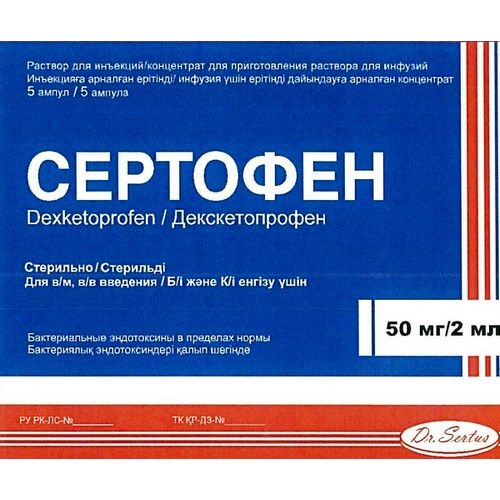
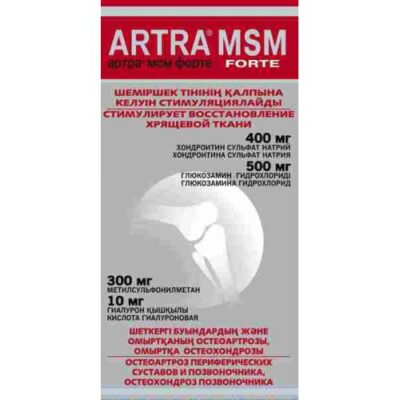
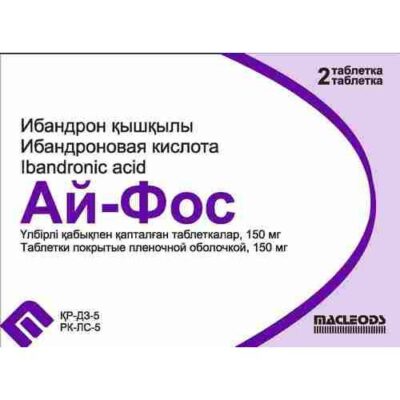
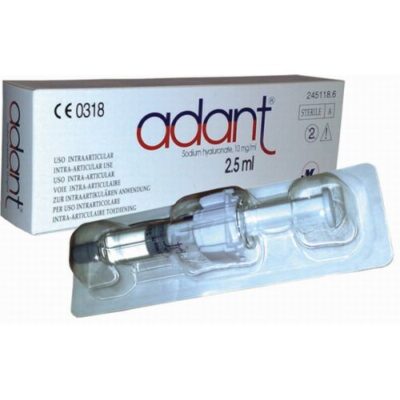
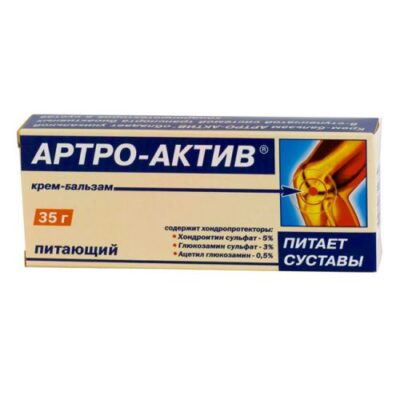
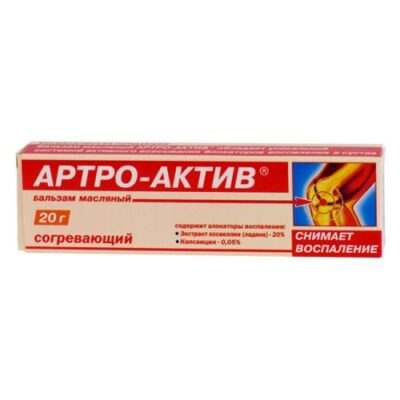
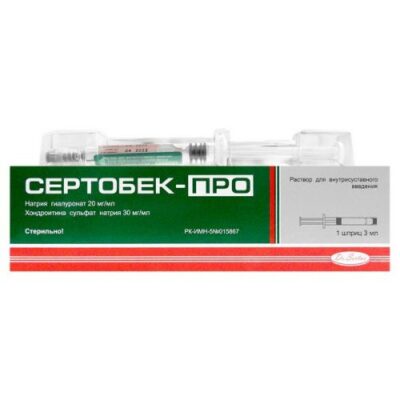
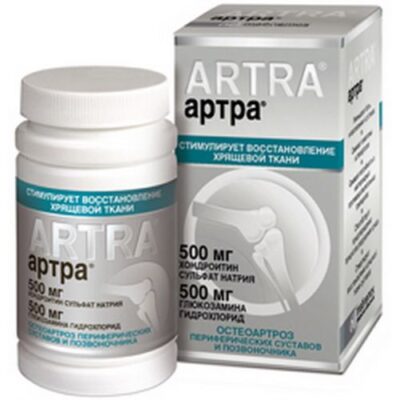
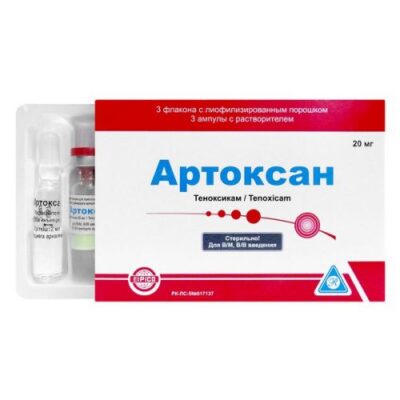
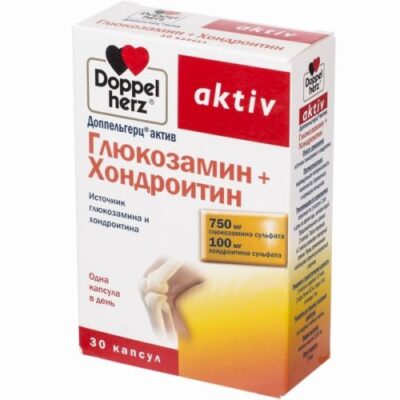






Reviews
There are no reviews yet.